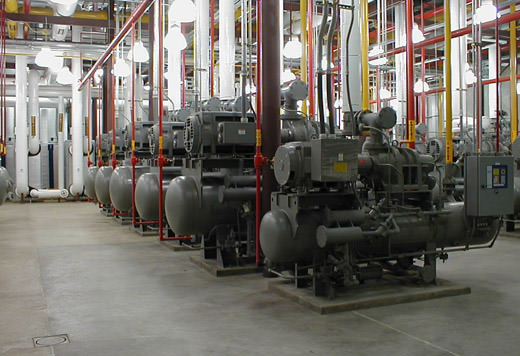Condor can assist you with the development, improvement, submittal and implementation of your Risk Management Plan (RMP), Process Safety Management (PSM), and/or California Accidental Release Prevention (CalARP) Programs. Whether you are new to the requirements of these regulatory compliance programs, are a seasoned professional and have been managing RMP/PSM or CalARP compliance at your facility, or somewhere in between, Condor can provide services to help you through this process. Condor can facilitate and document your Process Hazard Analysis (PHA), develop or revise your off site consequence analysis, develop prevention program elements, perform compliance audits, prepare your written program, and provide electronic submittal files. Local administering agencies (CUPAs) and California OSHA have conducted audits at several facilities with Condor-developed RMP/PSM/CalARP programs. As a result of sound program development by facility staff and Condor, and commitment by the facilities to comply with the regulatory requirements, few corrective action notices or citations have been issued.


